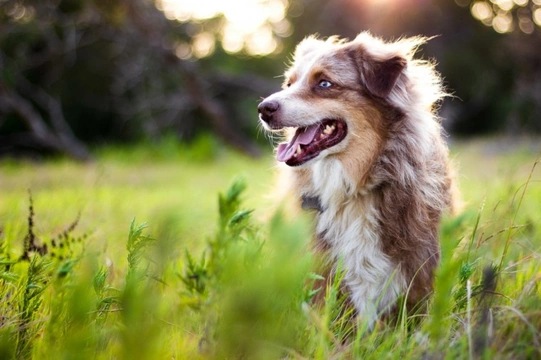
What you need to know about haemophilia in dogs
Most people know that haemophilia is a type of bleeding disorder that can be found in people, but it can also be found in dogs as well. It can result in affected dogs bleeding excessively from even small cuts, bleeding spontaneously, and bruising easily and acutely.
The condition can be life-threatening in terms of the blood loss that it results in, and can even prove fatal, sometimes soon after birth as the umbilical cord itself may fail to clot when severed.
It also has implications for veterinary treatment that would be safe and routine for other dogs like spay and neuter surgeries, due to the risk of blood loss involved in them.
Finding out that your dog has haemophilia can of course be very alarming, and will have a number of care and welfare implications for them that can be challenging in some cases. It is important to get the facts about haemophilia in dogs and to develop a basic understanding of the condition and what it means for affected dogs, all of which your vet will provide support with.
However, in order to identify haemophilia in the first place or to know where to start if something seems to be amiss and requires investigation and diagnosis, all dog owners should learn the key facts about the condition, such as canine haemophilia symptoms, and how the condition is caught or passed on.
This article will tell you what you need to know about haemophilia in dogs. Read on to learn more.
What is haemophilia in dogs?
Haemophilia in dogs is a bleeding and clotting disorder. It occurs due to the deficiency of a specific protein needed by the body to clot the blood normally to enable healing.
There are two different types of haemophilia in dogs, both of which manifest in similar ways, but which are respectively caused by the absence of different clotting and coagulation factors.
Haemophilia A in dogs occurs due to a deficiency of factor VIII, whilst haemophilia B in dogs occurs due to a deficiency in factor IX.
How do dogs get haemophilia?
Haemophilia in dogs is a hereditary health condition, which requires dogs to inherit the genetic markers for the mentioned clotting factor deficiencies in order to develop the condition.
Any given dog may be clear of the condition, a carrier for it, or affected by it, and this status dictates in turn the genetic markers they will pass on to their own litters. The combination of genes from both sides of the parentage dictate the status of their litter.
Haemophilia in dogs isn’t contagious, and can’t be caught by other means. It is more common in some dog breeds than others, like the German shepherd, with DNA testing schemes in place in some breeds to identify the markers of the condition prior to breeding.
What are the symptoms of haemophilia in dogs?
Severe haemophilia in dogs sometimes proves fatal soon after birth or very early in life, as the umbilical cord will fail to heal.
For dogs who make it to adulthood, the symptoms may be quite variable in both onset and severity, and may only be triggered by an injury or cut. Some symptoms of haemophilia in dogs include:
- Spontaneous bleeding, particularly from the nose or mouth.
- A lot of bleeding associated with normal teething in puppies.
- Easy, acute and serious bruising from even minor bumps.
- Serious, prolonged or excessive bleeding at the site of any injury or cut, including during surgery.
- Joint and muscle swelling or inflammation.
- Bleeding into body cavities (like the stomach) which can result in bloody stools or black, tarry stools.
- Bleeding into the joints.
- A propensity to unexplained lameness.
- Petechiae, or red pinprick spots on the skin.
- Redness and bleeding visible in the whites of the eyes.
- Anaemia.
- Weakness and lethargy.
- Pale mucous membranes.
How serious is haemophilia in dogs?
As you can see from the range of potential symptoms of haemophilia in dogs, the list is quite long and diverse. Any of these symptoms may only present in the case of an accident, cut or knock, which may not even be known to the dog’s owner.
The severity of haemophilia in dogs can be hugely variable from case to case, depending on just how deficient in the required clotting factor the dog is and how serious the injury or incident involved is.
In some dogs, haemophilia will ultimately prove fatal if blood loss is significant enough, and as mentioned, this often happens soon after birth.
Can haemophilia in dogs be treated or cured?
Haemophilia in dogs cannot be cured or reversed, and it is a lifelong condition that requires careful management and consideration to minimise the risks that can result in injury and danger, and to treat any bleeding problems that may develop.
It can be complex to manage and in serious presentations, requires blood transfusions and/or platelet transfusions in the case of serious bleeds, which are themselves not without risk.
However, not all dogs are affected so badly as for minor problems to quickly risk becoming acute, and care and management of a dog with haemophilia needs to be undertaken on a case-by-case basis under the direction of your vet.



